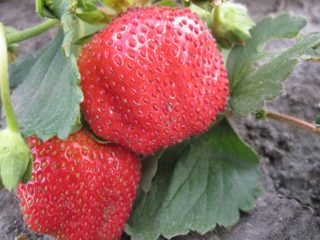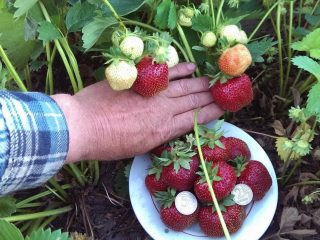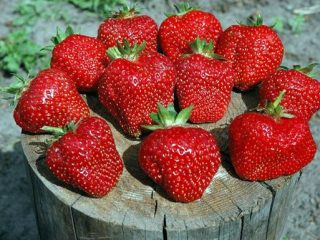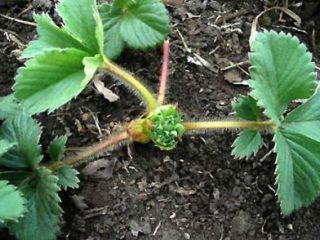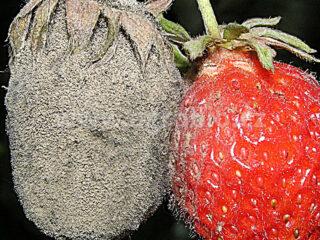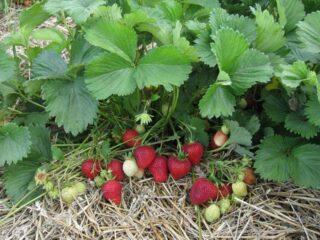Content
Vivara strawberries are ideal for continental climates. The plant, which was bred in Italy, is easily acclimatized and can produce crops both outdoors and in a greenhouse. Fertility and sweet taste attract the attention of gardeners. Before breeding Vivaro strawberries, it is important to familiarize yourself with the description of the variety, photos and reviews of gardeners.
Breeding history
The variety was developed by Italian breeders. They set themselves the task of creating a cold-tolerant and easy-to-transport culture.
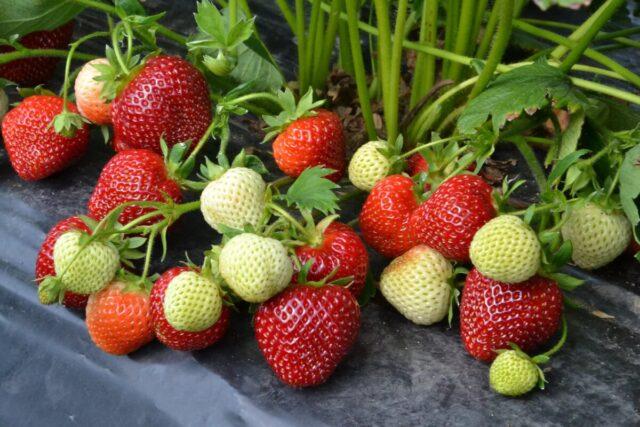
Vivara strawberry took root in the CIS countries
It is often compared to another Italian variety, Mucano, as an improved version. Vivara strawberries are actively cultivated for personal purposes. The variety is suitable for commercial breeding.
Characteristics and description of the Vivara strawberry variety
Vivara strawberry - remontant, capable of blooming and bearing fruit many times. Grows well in open and closed ground.
Vivara has a compact, medium-sized bush, tall, strong flower stalks that bend under the weight of the berries. The leaves are dark green in color, edged with denticles. The berries are large enough. Their weight is 20-30 g.
The appearance and taste of berries
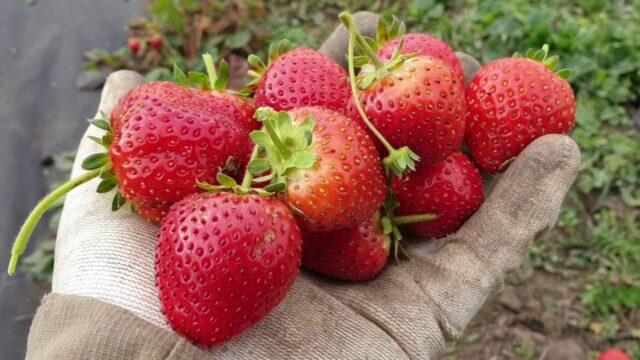
Symmetrical Vivara strawberries resemble a cut cone with a rounded tip
The bright red skin begins to darken when fully ripe. The sweetness of the berry is complemented by a slight sourness, there is a strawberry aroma.
Flowering period, ripening period and yield
The flowering period begins in late May and lasts until mid-October. At this time, 1-2 kg of berries are harvested from the bush. The variety is fast-growing, in July you can observe the appearance of the first berries after spring planting. Vivara strawberry self-pollinated. The cycle of ripening berries and the appearance of new flowers lasts 5-6 weeks. Outdoor harvesting can be carried out before the first frost.
There are no gaps between the fruiting waves - flowering is continuous. So that the strawberries are not depleted, it is sometimes recommended to break off the peduncles, stabilizing the process.
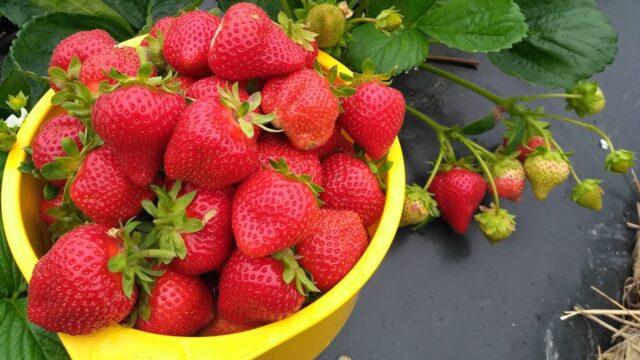
Vivara strawberry is in the top 5 fruitful varieties
The culture actively bears fruit for five years, then the soil begins to deplete. To extend the period, use additional feeding. At the end of April, strawberries can be fertilized with mullein, droppings, a mixture of organic compounds. Top dressing is carried out 2-3 times per season. Begin to add nutrients in the spring. Among gardeners, yeast is in demand, containing useful proteins and chemical trace elements. They activate the growth of Vivara, fix it more firmly in the ground after transplantation. You can also increase the yield and strengthen the plant with the help of special mineral dressings.
Frost resistance
The strawberry variety tolerates instant climate changes well. It is frost resistant, which allows it to take root quickly after planting. Vivara also tolerates heat well. The berries are not baked and do not lose their taste.
Disease and pest resistance
Strawberry Vivara resists the main diseases of the culture well. Pathology can be identified by the following signs:
- white or brown spots on the leaves - a symptom of spotting;
- whitish spiderweb bloom is a feature of the manifestation of powdery mildew;
- decay of fruits is observed with rot.
It is recommended to grow Vivara strawberries using black agrofibre. This protects the seedlings from gray mold.
Thanks to its immunity, strawberries can be grown without the use of chemicals, Vivara is resistant to root rot, anthracnose, strawberry mite. In rainy, cold seasons, for prevention, the bushes are sprayed with an iodine solution. With powdery mildew, a concentrated mixture of iodine and milk is used, such a composition will not harm the foliage.
You can scare away pests with tobacco dust scattered over the beds. As a prophylaxis against parasites and diseases, strawberries and soil are sprayed with garlic infusion, decoction on onion peels. If specks often appear on strawberries, treatments with Fitosporin are necessary twice a year.
Pros and cons of the variety
Vivara has both pros and cons. The positive qualities of the variety prevail over the negative ones.
Benefits | disadvantages |
High, continuous fruiting, which the bushes retain for 4-5 years | To maintain a good harvest, the variety requires attention from early spring to late autumn (watering, loosening, mulching, whisker trimming, transplanting, preparing for winter) |
Self-pollination | Bushes exhibit little mustache, which slows down the rate of reproduction |
Sweet taste | In cold climates, with cloudy and rainy summers, sugar content decreases |
Ease of transportation | If you do not use additional groundbait, then the quality of the fruits deteriorates every year. |
Large berries |
|
Cold weather resistant |
|
Disease immunity |
|
Fruit versatility |
|
Landing
Seedlings are planted in the ground from spring to autumn. The mustache is transplanted at the end of July. Seating in the summer will give the bushes time to take root, get stronger, prepare for the frost, in order to bear fruit next year. The ideal place for cultivating Vivara would be a sunny area with little shade. The site is pre-dug up, all weeds and roots are removed.
A few weeks before planting, it is recommended to apply organic fertilizers: leaf compost, rotted waste, wood ash. When planting, it is important that the root collar sinks shallowly into the ground. The first weeks require daily watering.
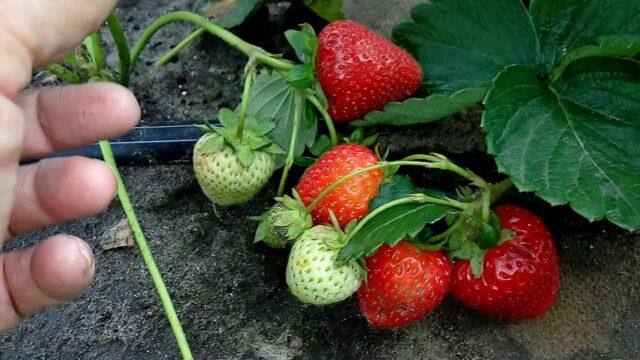
The bushes are planted at a distance of 30-40 cm from each other
Care
Vivara strawberries need proper care to get a bountiful harvest. The plant needs regular irrigation. Rain irrigation is suitable before flowering; after the formation of ovaries, it is recommended to use the drip method. It is desirable that warm water flow directly to the root. 1 requires 10 liters.
Vivara strawberries require regular weed removal. Weeding must be done so that the grass does not take nutrients from the crop and does not shade it. The weeding process is combined with loosening and surface covering of the soil with mulch. In this case, the roots receive enough oxygen.
Vivara's strawberry produces a moderate amount of mustache. Rosettes take root quickly, give a crop in the first season. Whether to leave them or not depends on the area. Dry, reddened leaves are subject to removal.
Vivara does not require special preparation for adverse conditions. For regions with cold winters, there will be sufficient snow cover. Where the climate is unstable, the beds are covered with spunbond. Top can be covered with spruce branches.
Reproduction
Reproduction is carried out using a mustache. The process of their formation begins after cutting the peduncles on the bushes. Grown outlets are recommended to be rooted in plastic containers. In this case, seedlings are formed with a closed root system.
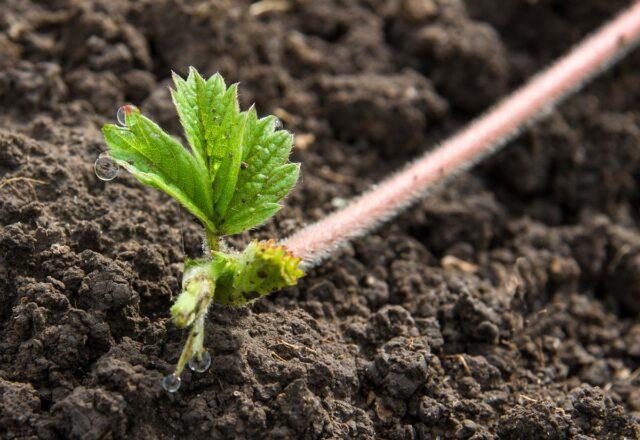
The strongest are the children closest to the mother's bush.
The rosettes are separated after the development of the root system. You can have a transplant right away. It will take about two weeks to adapt.
Those who plan to buy seedlings should pay attention to their external characteristics:
- Leaves should be monochromatic, free of spotting, dried edges.
- Developed root system, without growths, signs of diseases on the root neck.
- Strong outlet.
Conclusion
The Vivara strawberry has gained popularity among European gardeners. Commercial, cold-resistant, large-fruited variety does not lose its relevance. Growing strawberries does not require much effort, a good harvest can be achieved with minimal agronomic abilities, which is beneficial for novice gardeners.


